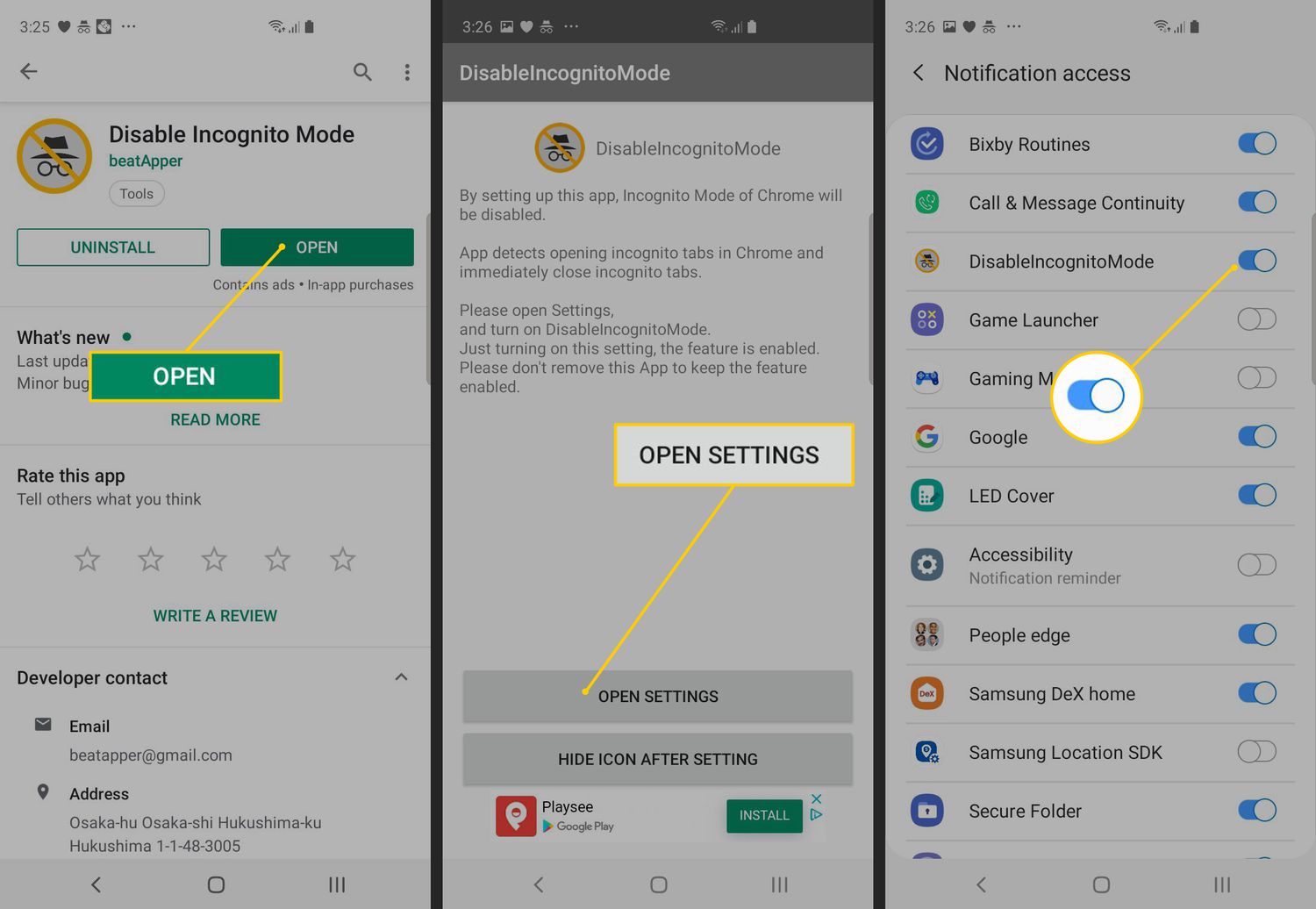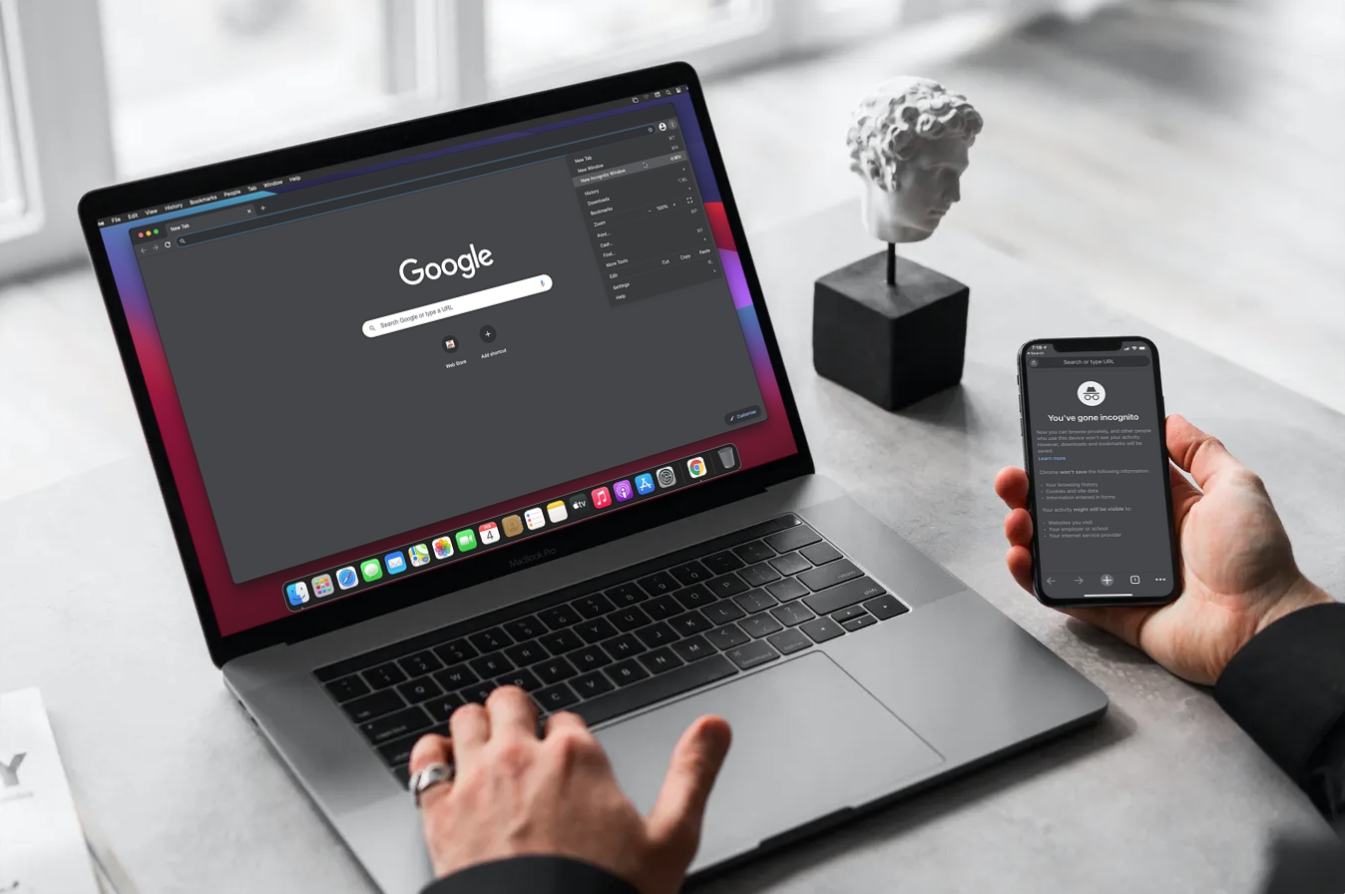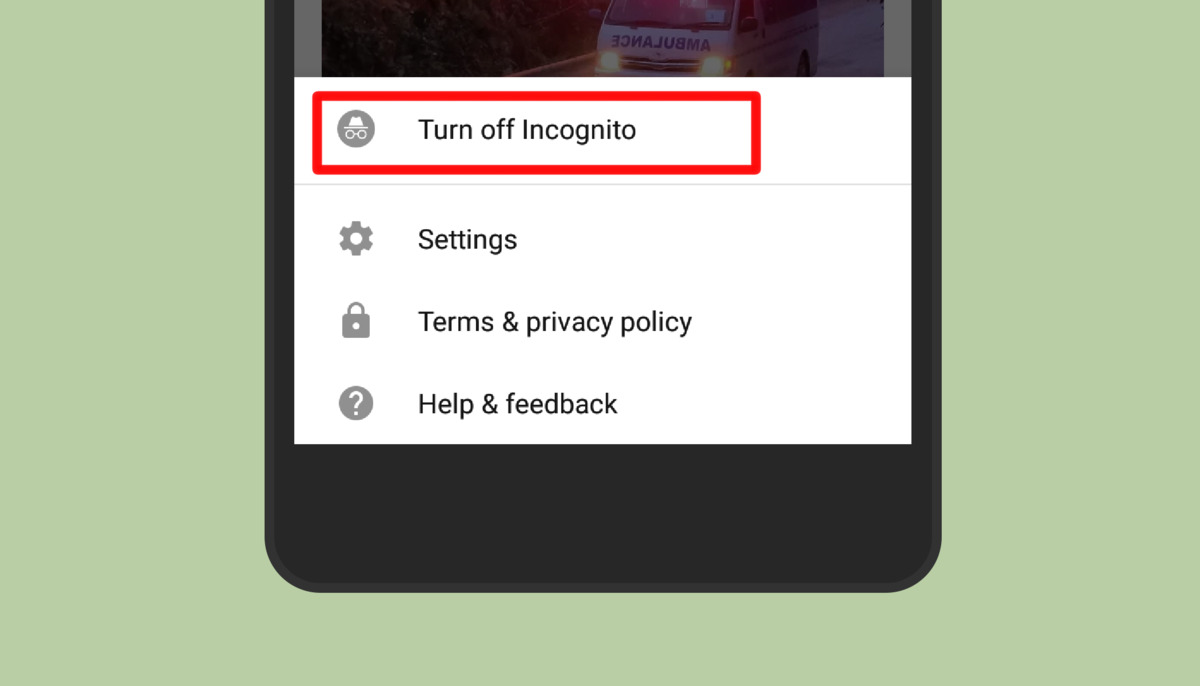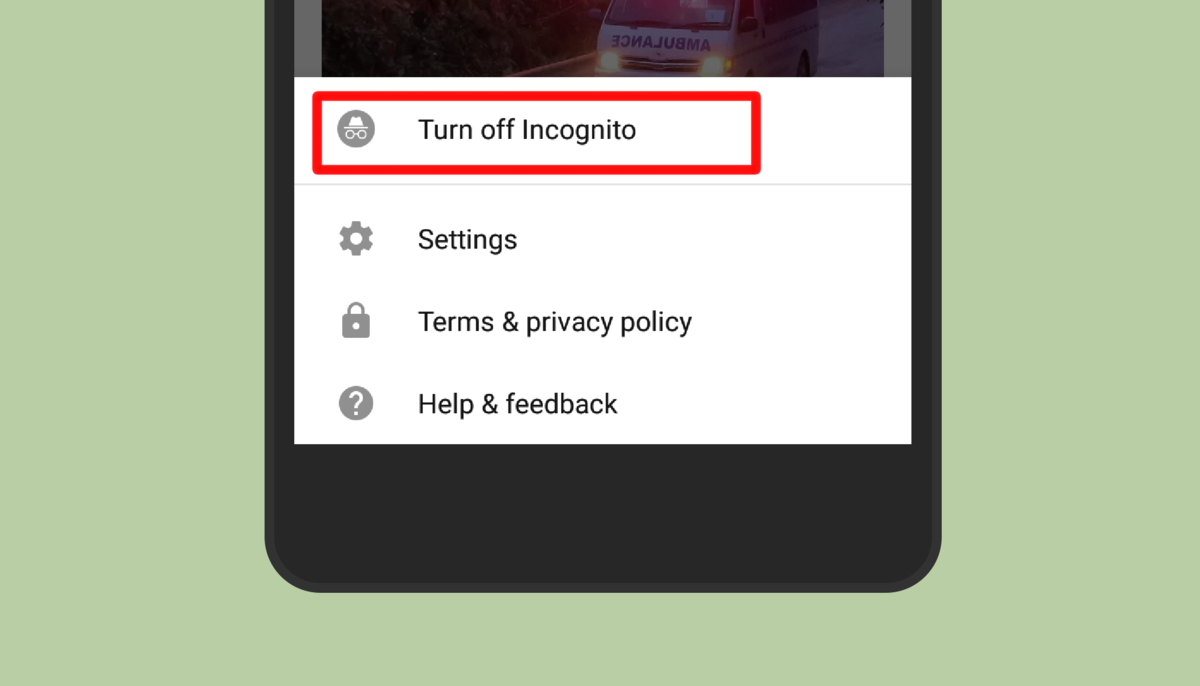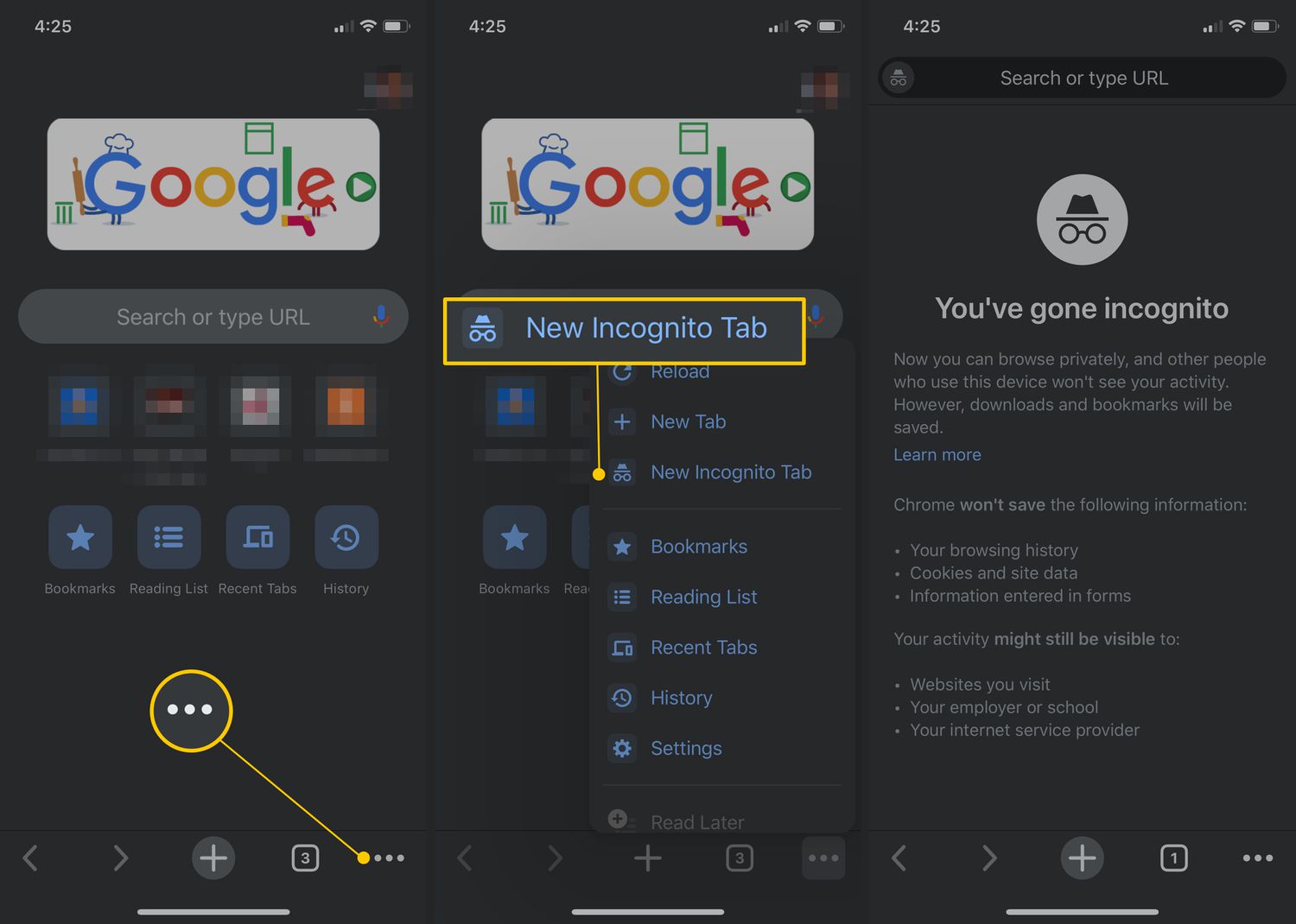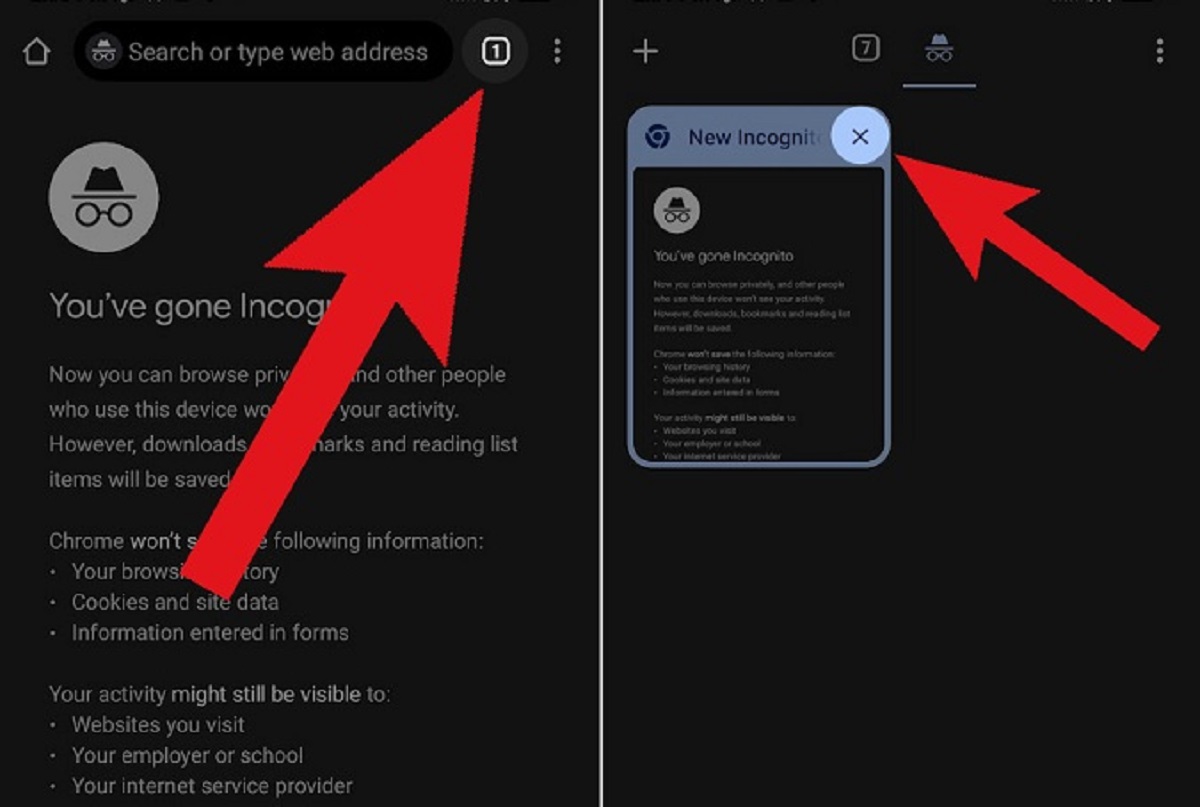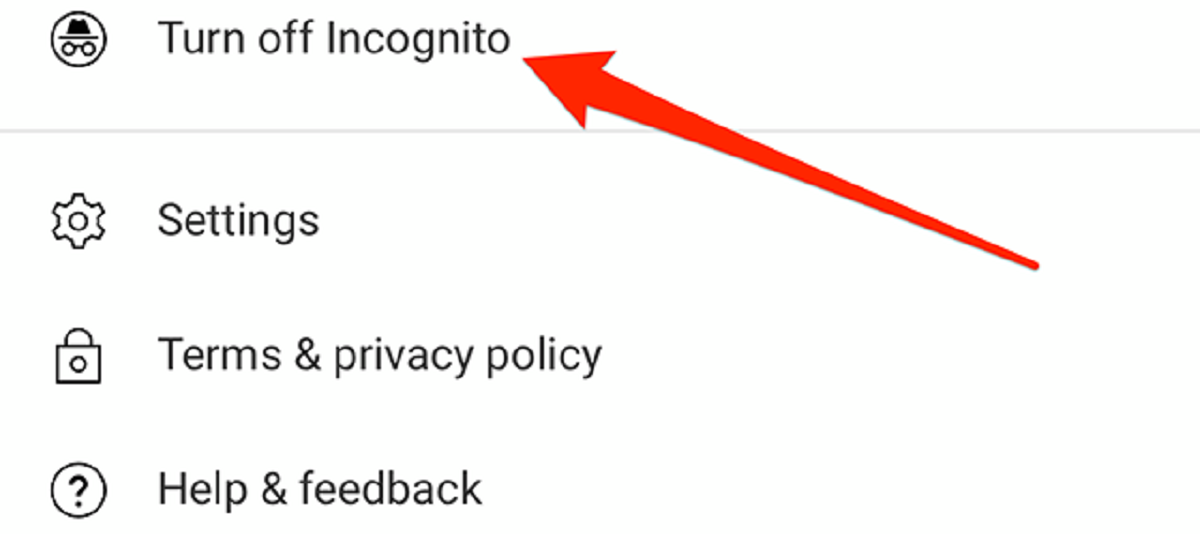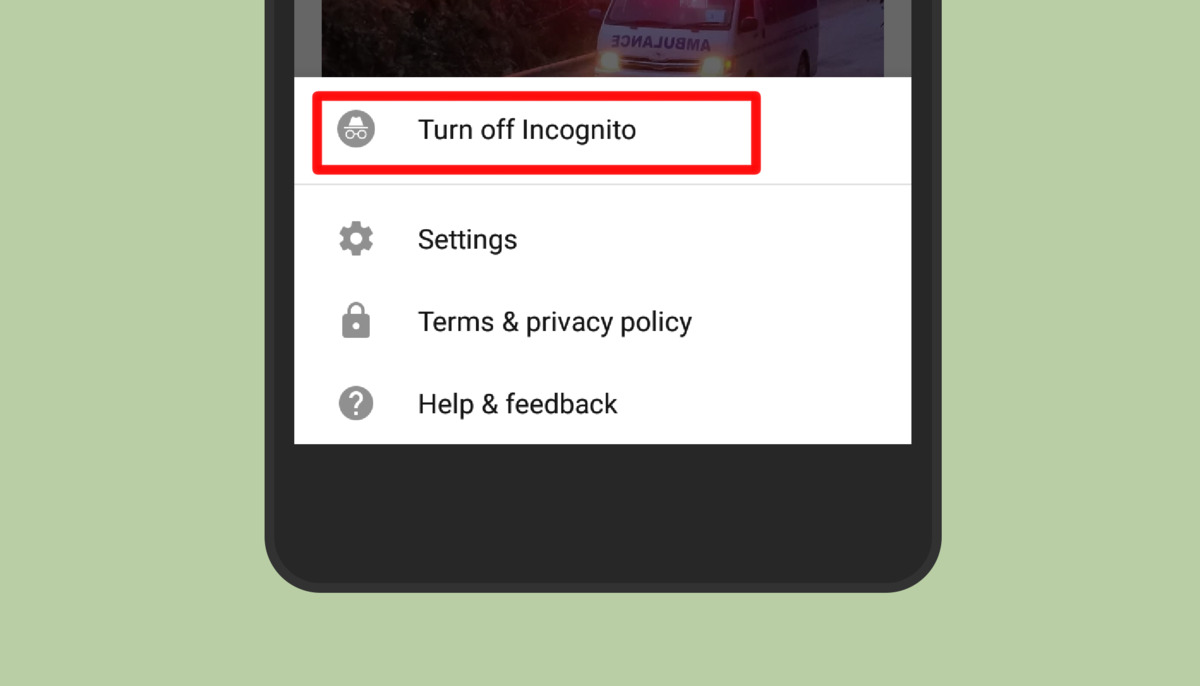Introduction
Incognito mode, also known as private browsing, is a popular feature on web browsers that allows users to browse the internet without leaving any trace of their online activities on their device. It can be a useful tool for maintaining privacy, preventing the storage of browsing history, cookies, or other data.
However, there may be instances where you want to disable incognito mode on your Android device. Maybe you want to monitor your child’s online activities, enforce safe browsing, or prevent unauthorized access to certain websites or content. Whatever the reason may be, it is possible to permanently disable incognito mode on your Android device.
In this article, we will look at several methods you can use to disable incognito mode on your Android device. These methods vary in terms of their effectiveness and ease of implementation, so you can choose the one that best suits your needs and technical expertise.
Before we dive into the methods, it is important to note that disabling incognito mode may vary depending on the version of Android you are using and the web browser installed on your device. The methods mentioned here are general and should work on most Android devices. However, it is always a good idea to double-check compatibility and consult the user manual or support forums specific to your device if you encounter any issues.
Now, let’s explore the different methods you can use to disable incognito mode on your Android device.
Method 1: Using Third-Party Apps
If you want to disable incognito mode on your Android device, one of the easiest methods is to use third-party apps specifically designed for this purpose. These apps add an extra layer of security by restricting access to the incognito mode feature within web browsers.
One such app is “Disable Incognito Mode.” Available on the Google Play Store, this app allows you to prevent users from entering incognito mode on popular web browsers like Google Chrome, Mozilla Firefox, and others. Simply download and install the app on your device, and follow the instructions to enable the required accessibility settings.
Once enabled, the app will automatically detect and block any attempts to access incognito mode. It provides a simple and straightforward solution for those who want to restrict incognito mode access on their Android device.
Another option is to use browsing apps that offer built-in features to disable incognito mode. For example, the “Bromite” browser is an open-source Android browser that comes with an option to disable incognito mode. You can download and install Bromite from its official website or through trusted third-party app stores. Once installed, you can go to the settings menu and disable the incognito mode feature to prevent its use.
It’s important to note that using third-party apps may require certain permissions or accessibility settings on your Android device. Be sure to review and understand the permissions requested by these apps before installation to ensure your device’s security and privacy.
While this method provides an effective way to disable incognito mode, it is essential to keep the third-party app up to date to ensure compatibility with your device’s operating system and web browser. Additionally, explore the app’s settings to customize the level of restriction and manage other browsing-related features according to your preferences.
Method 2: Restricting Chrome from Accessing Storage
If you primarily use Google Chrome as your web browser on your Android device, you can disable incognito mode by restricting Chrome’s access to your device’s storage. This method involves tweaking Chrome’s app permissions to prevent it from storing data or accessing incognito mode.
Here are the steps to follow:
- Go to the Settings app on your Android device.
- Scroll down and tap on “Apps” or “Application Manager,” depending on your device.
- Find and tap on “Google Chrome” from the list of installed apps.
- Select “Permissions” or “App permissions” from the Chrome app settings.
- Look for the “Storage” permission and disable it.
By disabling the storage permission for Chrome, you are preventing the browser from saving any browsing data, including incognito mode history. This effectively disables the incognito mode feature as it requires temporary storage for the duration of the browsing session.
However, it’s important to note that by disabling the storage permission, you may also impact some other features of Chrome, such as the ability to download files or save certain types of data. Make sure to consider the trade-off and assess if this method aligns with your requirements for disabling incognito mode.
Also, keep in mind that this method specifically targets Google Chrome. If you use a different web browser, the steps may vary. In such cases, you can explore the settings or permissions for your preferred browser to see if there is a similar option to restrict storage access or disable incognito mode.
Remember that while this method effectively disables incognito mode on Chrome, it does not block the use of incognito mode on other browsers installed on your device.
Method 3: Blocking Chrome App Data Usage
Another method to disable incognito mode on your Android device involves blocking Chrome’s app data usage. By restricting Chrome’s access to data, you can prevent the browser from utilizing incognito mode or saving any browsing history.
Here’s how you can implement this method:
- Go to the Settings app on your Android device.
- Scroll down and tap on “Apps” or “Application Manager,” depending on your device.
- Find and tap on “Google Chrome” from the list of installed apps.
- Select “Data usage” or “Mobile data & Wi-Fi” from the Chrome app settings.
- Disable the toggle for “Background data” or “Allow background data usage.”
By disabling the background data usage for Chrome, you are effectively blocking the app’s ability to access data in the background. This prevents Chrome from utilizing incognito mode or syncing any browsing data, thus disabling the feature altogether.
However, it’s worth noting that this method may have other implications, such as disabling notifications or real-time updates for Chrome. Evaluate if these trade-offs align with your requirements before implementing this method.
Similar to the previous method, this approach specifically targets Google Chrome. If you use a different web browser, look for similar options within the app settings to block data usage or disable incognito mode.
It’s important to keep in mind that blocking Chrome’s app data usage may impact the overall functionality and user experience of the browser. Therefore, it’s recommended to assess the potential consequences and adjust the settings accordingly based on your preferences and requirements.
Method 4: Disabling Guest Browsing
If you want to disable incognito mode on your Android device, another method you can try is disabling guest browsing. Guest browsing is a feature found in some web browsers that allows users to browse the internet without leaving any traces on the device. By disabling this feature, you effectively restrict access to incognito mode.
The steps to disable guest browsing may vary depending on the web browser you are using. Here are the general steps to disable guest browsing in Google Chrome:
- Open the Google Chrome app on your Android device.
- Tap on the three-dot menu icon in the top-right corner of the screen.
- Select “Settings” from the drop-down menu.
- Scroll down and tap on “Privacy.”
- Look for the “Guest browsing” option and disable it.
Once you disable guest browsing in your browser settings, the option to open an incognito mode session will no longer be available. This effectively disables incognito mode on your Android device.
It’s important to note that not all web browsers have a guest browsing feature. Therefore, if you use a different browser, explore the browser’s settings and preferences to see if there is an option to disable guest browsing or a similar feature that restricts access to incognito mode.
Disabling guest browsing can be a powerful method to prevent users from accessing incognito mode on your Android device. However, keep in mind that this method may also restrict other browsing features or user experiences in some cases. Consider the implications and make adjustments to the settings based on your specific needs and preferences.
Method 5: Using Parental Control Apps
If you want to disable incognito mode on your Android device to enforce safe browsing for your children or restrict access to certain websites or content, using a parental control app is a highly effective method. Parental control apps allow you to set up customized restrictions and monitoring features on your Android device.
Here’s how you can use parental control apps to disable incognito mode:
- Search for a reliable parental control app on the Google Play Store or any trusted app store.
- Download and install the app on your Android device.
- Follow the setup instructions provided by the app and create an account.
- Grant necessary permissions and configure the app according to your preferences.
- Within the parental control app settings, look for options related to browser restrictions or safe browsing.
- Enable the option to restrict or disable incognito mode.
Parental control apps provide comprehensive functionality beyond disabling incognito mode. They allow you to set time limits, block specific websites or categories, monitor online activities, and even track the location of the device, depending on the features offered by the app.
Some popular parental control apps for Android devices include Qustodio, Norton Family, and FamilyTime, among others. It’s advisable to research and compare different options to find a parental control app that best suits your requirements.
By using a parental control app, you can ensure that your children or other users on the device are not able to access incognito mode and engage in potentially harmful or inappropriate online activities.
Keep in mind that parental control apps often require advanced setup and configuration. Additionally, some of these apps may be subscription-based with premium features. Review the app’s documentation and choose the appropriate plan that aligns with your needs.
Overall, using a reliable and feature-rich parental control app is an effective way to disable incognito mode and implement robust browsing restrictions on your Android device.
Conclusion
Disabling incognito mode on your Android device can be a valuable step in managing and controlling internet usage, whether for personal reasons, parental control, or security measures. In this article, we explored five different methods to disable incognito mode and restrict access to private browsing on your Android device.
We first discussed the use of third-party apps designed specifically for disabling incognito mode. These apps provide a straightforward and convenient solution to prevent users from accessing private browsing features on popular web browsers.
We then explored methods that involve restricting Chrome’s access to storage and blocking its app data usage. By tweaking these settings, you can effectively disable incognito mode on the Chrome browser.
In addition, we discussed disabling guest browsing as another method to restrict access to incognito mode. By turning off this feature in your browser settings, you can effectively disable the ability to browse privately on your Android device.
Finally, we recommended using parental control apps as an effective and comprehensive method to disable incognito mode. These apps offer a wide range of features beyond restricting private browsing, making them a suitable choice for managing safe internet usage, especially for children.
When implementing any of these methods, it is essential to consider the potential trade-offs or additional factors that may affect your browsing experience or device functionality. Always review the app permissions, settings, and compatibility with your specific device and browser.
Choose the method or combination of methods that best align with your needs and preferences. Whether you prefer a straightforward third-party app solution, adjusting settings within your browser, or implementing parental control apps, these options provide effective ways to disable incognito mode and enhance control over your Android device’s browsing activities.
Remember, maintaining a balance between online privacy and proper internet usage management is crucial for a safe and secure browsing experience on your Android device.







